|
Okay - so those that know me well realize I am addicted to chocolate. Real chocolate. Natural 100% raw chocolate. Not that crap on the supermarket shelves they claim is chocolate. No - I search hills and valleys, all through the forests of Portland Jamaica to find cacao. I want to plant it, grow it, harvest it, and make my own chocolate one day. So far I'm at the growing it stage. My seeds come from cacao pods I find growing wild in the rainforests of Portland. Years ago when I learned that Cacao translates to 'Food of the Gods' I wanted to know more about this food I love so much. Thank you to Six for coming on my cacao journey, climbing the trees and helping to find the best chocolate in the world, the Criollo cacao pods.
Here is some great info courtesy of onegreenplanet.org CACAO
Did you know that Cocoa is a Medicinal Plant, a Sacred plant, a Hot Plant, and a Psychoactive Plant? Did you know Cocoa (Theobroma cacao) means "Food of the Gods"? Did you know that the Aztecs regarded cocoa as a sacred plant, and they valued cocoa beans as currency? Did you know that Cacao trees bear cocoa pods that jut out directly from the trunk? Did you know that chocolates can vary as widely in flavor and aroma as do wines? Did you know, that of all foods known, cocoa has the highest antioxidant polyphenol content, and provides the greatest cardio-protection? Did you know that even small amounts of cocoa can reduce cholesterol in the blood, and can lower blood pressure? great educational clip planting and growing cacao www.youtube.com/watch?v=fWI3Ykl7cPw making chocolate from scratch www.youtube.com/watch?v=mUJ0heMcE-g making chocolate balls in Jamaica https://www.youtube.com/watch?v=2oparBcQyzs Chocolate Tea is the Jamaican version of what is known in other parts of the world as hot chocolate. This recipe uses all-natural ingredients and there’s nothing like the authentic taste of real chocolate. In Jamaica chocolate tea is usually enjoyed at breakfast time. The Kuna people of Panama drink 4-5 cups of a similar chocolate tea every day. The Kuna are among the healthiest people in the world. Ingredients 2 cups Water 2 cups Coconut milk 1 Cinnamon Stick 1 Pimento Leaf (or 5 Pimento Berries) 1 pinch Ground Nutmeg 3/4 cup Raw Chocolate, grated 2 pinches Salt Sugar or Honey to sweeten Method 1. Combine water and coconut milk in a medium-size saucepan 2. Add cinnamon stick, pimento, nutmeg and chocolate and bring to a boil, stirring for 5 minutes 3. Stir in salt and lower heat to a simmer. 4. Remove cinnamon stick and pimento 5. Add sugar or honey to sweeten 6. Pour chocolate tea into mugs using a small strainer Enjoy! Serves 4
3 Comments
Snow Hill Jamaica/Canada Link - This dance was a few weeks ago. Lil delay in posting.. but hey, i had to recover from it. Was not expecting to be working at this dance, but sometimes the vibez jus' go so. A friend of a friend was hosting the dance, and they spotted my camera, and asked me to document it for them. This is the result. The dance went well into the next day, Watching the women going home in their amazing outfits in broad glaring daylight after a night of dancing and partying is really something special. If anyone is interested in attending some of the best parties/dances in Portland, link me and I will hook you up with my peeps, The photo's speak for themselves. Enjoy the party from your desktop, play some dancehall music and learn the A-Z's of some dance moves right here https://www.youtube.com/watch?v=9h8YERO27p8
https://www.youtube.com/watch?v=emT6teS9S6o Jackfruit - the largest fruit in the world, is an amazing food and fruit. In jamaica, it is eaten primarily as a fruit, but there are many other ways to eat it. The first thing you might want to know about jackfruit though, is how to eat it as a fruit. It's not a simple peel and eat it type deal. Some advice - do not plan on touching anything while you are preparing the jackfruit or eating it. Leave the phone and whatever else for later. because you WILL make a mess.
Firstly : 1: Pick a ripe jackfruit. Twist it off the tree. The spiny skin surface needs to be spiny not flattish, that is how you can tell when it's more ripe. Drop the jackfruit onto a hard surface, (like concrete) from a standing position. Drop it onto a plastic bag or cardboard laid out. Do this 2 or 3 times and let it drop on different parts of the jackfruit. This helps the white latex substance to draw towards the center of the jackfruit, (so it isn't everywhere else when you eat the fruit). 2: Put a little oil on your hands and rub over both hands evenly. And it doesn't hurt to put some oil around your mouth area/lips) This prevents the white sticky latex substance from adhering to your skin. (trust me, it is very hard to remove if you don't use the oil) 3: Spread some plastic on a bench, put the jackfruit on it before digging in with the knife. Put some oil on the knife too. Make it a long bladed knife because jackfruit is very big. 4: Cut into the jackfruit just like you see in the picture above. (not across, but down, and to the center core area all the way down. You can cut the whole thing in half to make it more manageable, or just cut a 'slice'. 5: When you have a 'sliced' piece of jackfruit in your hands, you need to cut the heart/core from the fruit area. You will see a lot of the white latex come from the core and also on the top of the jackfruit segments. Use this core that you remove to wipe away the latex from the top of the fruit area. Wipe the fruit with the core, and you will see it 'take away' the latex from the fruit. Do not eat the core area, and avoid eating the latex please. (it has other uses) 6: Now you are ready to eat the jackfruit segments. You will see the obvious 'fruit' in sections. It is held into place by stringy whitish strips that are stuck to the fruit and the rind area. Place your fingers between the segment and stringy strips and pull these away from the fruit. Pull the fruit segment with your fingers near the base of the rind where it is attached. 7: Now you eat it. Then eat more. And more. It's really good. And versatile too. DID YOU KNOW : Jackfruit seeds can be boiled and eaten. Young jackfruit can be used a meat substitute. The wood of a jackfruit tree can be used to make an orange dye. The whitish latex substance from a jackfruit can be used as a glue. Savory Jackfruit Cutlets (makes 2-3 cutlets / burgers) This recipe can be used to create a main entrée jackfruit "steak" or a jackfruit "burger," as well as jackfruit "meat" balls or the "meat" filling in a casserole. A basic recipe is provided here. You can personalize it with dried or fresh herbs and spices..
Spray skillet with oil. Cook onions, chili, and garlic until soft, about 2 minutes. Add jackfruit mixture; cook and stir over low heat for 2 minutes. Remove from heat and refrigerate for at least 30 minutes (or overnight, if desired). Preheat oven to 400 degrees. Shape cooled mixture into "cutlets," "burgers," or "balls." Place on non-stick baking sheet and bake for 10 minutes, turning once. The prepared "cutlets" or "burgers" can then be (carefully) grilled or finished in a skillet (with a small amount of vegetable oil spray). The "balls" can be briefly steamed. Total calories per serving: 127 Fat: 1 gram Carbohydrates: 28 grams Protein: 3 grams Sodium: 41 milligrams Fiber: 9 grams great article !!! http://www.businessinsider.com/this-miracle-fruit-tastes-like-pulled-pork-2015-8 try these cool satay jackfruit kebabs too !!! https://www.youtube.com/watch?v=IYLrRn-jq8Q very good recipe with pictures and entire process to make vegan 'pork' from jackfruit http://www.moreveganblog.com/2014/06/28/bbq-pulled-jackfruit/ Currently working with a wonderful Jamaican woman at her eco-friendly base in St Margaret’s Bay, Portland. Polly’s place has a special feel, due in large part to the completely authentic Jamaican vibe you find here. Unspoiled.
At the moment we are building some outdoor showers, with the help of Yellow, (the construction guy here) for visitors to use after they swim in the sea or for guests who stay here. We are using stones from the shore as the flooring and recycling old wood and zinc for the walls. There are three cottages, two small one room cottages and one larger cottage, all with electricity. The larger room has inside bathroom, the other rooms have outdoor bathroom.. Polly continues to recycle materials in much of the building and landscape design on the property. (She also has two rooms available about a quarter mile off the main road, fully furnished with water and electricity). There is a bar on the premises, playing reggae and dancehall on Friday nights with local DJ’s providing the music, and talented youth on the mic. St Margaret’s Bay appears to have been somewhat overlooked by the Jamaican tourist industry, (thank goodness) most likely because it does not have the ‘pretty’ white sand beaches. It has beautiful black sand, and even more beautiful stones that wash up on some of it's shores. The Charles Town Maroons are very close by in Buff Bay, Slave ships used to come here, and there are amazing stories about the Africans who fought and won their freedom. They are the Charles Town Maroons, who can take you hiking from the sea to the mountains, and teach you about their very important history. http://www.maroons-jamaica.com/q/index.php/component/k2/item/25-about-us We are collaborating and developing craft products, using driftwood, stones and sustainable materials found close by. Crochet covered rocks to use as paperweights, beaded curtains using local bamboo, driftwood and recycled beads that would otherwise be destined for the landfill. St Margaret's Bay is a beautiful location, and Polly's Place is a great place to be if you want to learn more about Jamaica and the black history here in a hassle free zone. Support Jamaican entrepreneurs who are working with the environment in positive and progressive ways. Link us here to contact Polly. |
our blogLOVING - LIVING - LEARNING - GIVING Archives
June 2016
Categories |
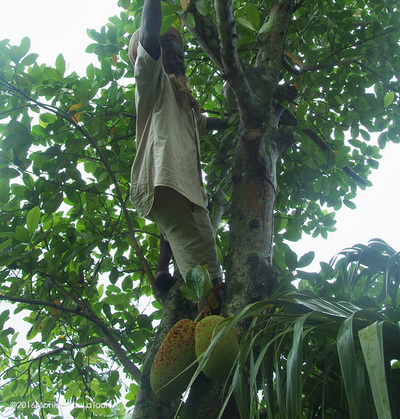

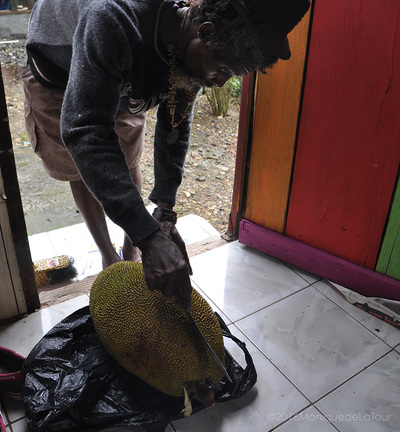
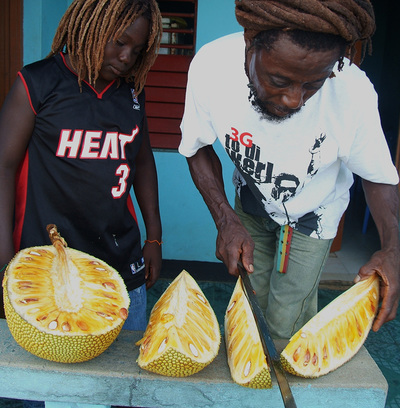
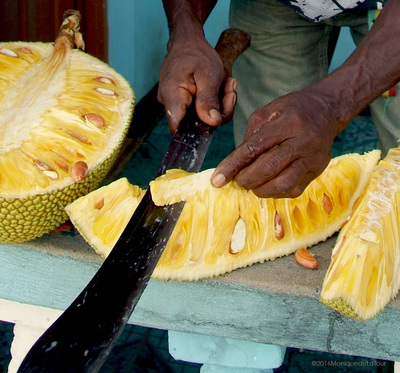
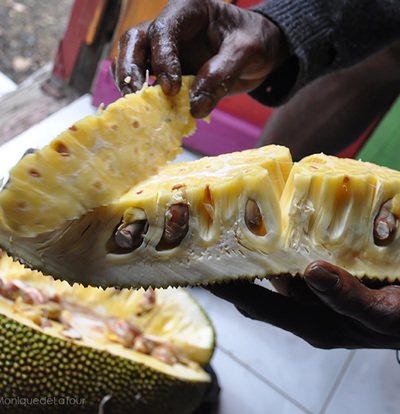
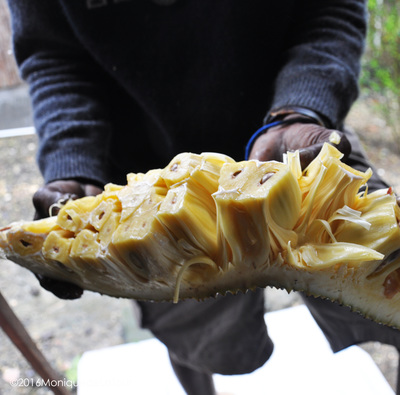
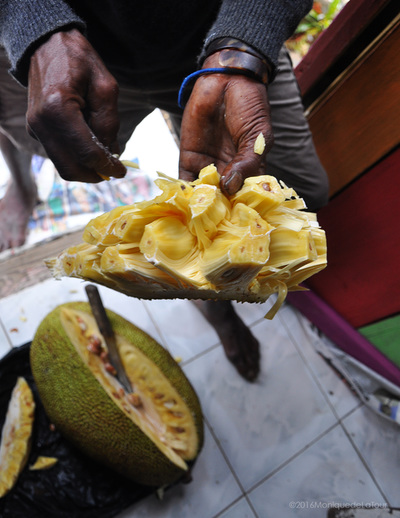

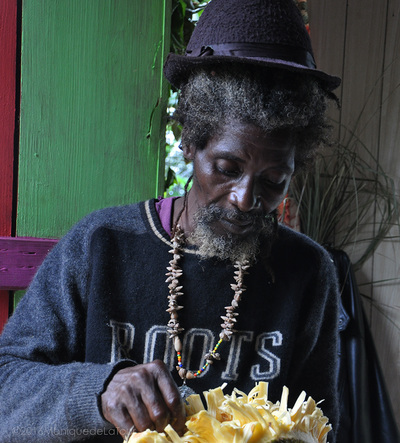

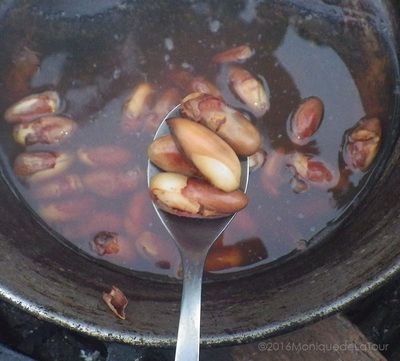
 RSS Feed
RSS Feed
